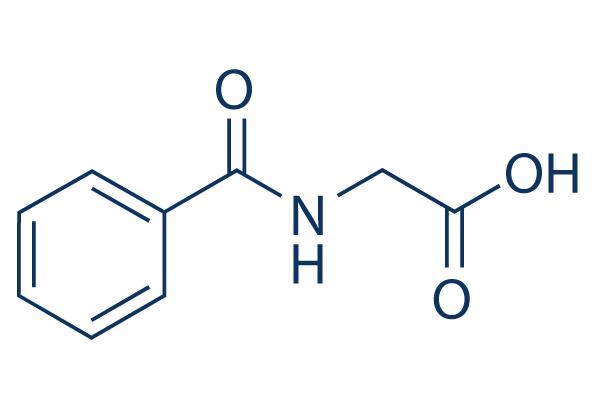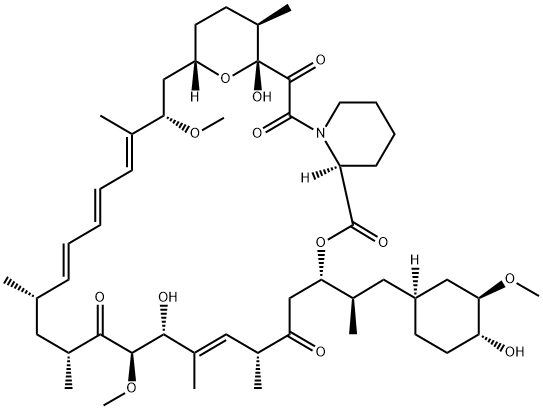Adverse effects of Rapamycin
Apr 14,2022
Rapamycin, also known as Sirolimus and sold under the brand name Rapamune among others, is a macrolide compound that is used to coat coronary stents, prevent organ transplant rejection, treat a rare lung disease called lymphangioleiomyomatosis, and treat perivascular epithelioid cell tumor (PEComa).It has immunosuppressant functions in humans and is especially useful in preventing the rejection of kidney transplants. It is a mechanistic target of rapamycin kinase (mTOR) inhibitor that inhibits activation of T cells and B cells by reducing their sensitivity to interleukin-2 (IL-2).
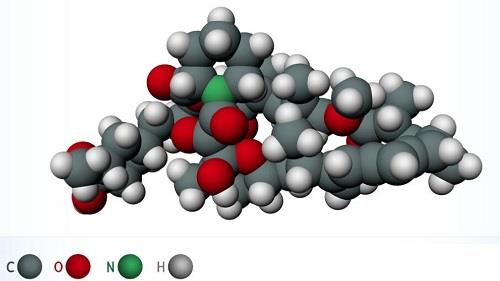
Medical uses
Rapamycin is indicated for the prevention of organ transplant rejection and for the treatment of lymphangioleiomyomatosis (LAM).
Rapamycin (Fyarro), as protein-bound particles, is indicated for the treatment of adults with locally advanced unresectable or metastatic malignant perivascular epithelioid cell tumor (PEComa).
Pharmacodynamics
Unlike the similarly named tacrolimus, sirolimus is not a calcineurin inhibitor, but it has a similar suppressive effect on the immune system. Sirolimus inhibits IL-2 and other cytokine receptor-dependent signal transduction mechanisms, via action on mTOR, and thereby blocks activation of T and B cells. Ciclosporin and tacrolimus inhibit the secretion of IL-2, by inhibiting calcineurin.
The mode of action of sirolimus is to bind the cytosolic protein FK-binding protein 12 (FKBP12) in a manner similar to tacrolimus. Unlike the tacrolimus-FKBP12 complex, which inhibits calcineurin (PP2B), the sirolimus-FKBP12 complex inhibits the mTOR (mammalian Target Of Rapamycin, rapamycin being another name for sirolimus) pathway by directly binding to mTOR Complex 1 (mTORC1).
mTOR has also been called FRAP (FKBP-rapamycin-associated protein), RAFT (rapamycin and FKBP target), RAPT1, or SEP. The earlier names FRAP and RAFT were coined to reflect the fact that sirolimus must bind FKBP12 first, and only the FKBP12-sirolimus complex can bind mTOR. However, mTOR is now the widely accepted name, since Tor was first discovered via genetic and molecular studies of sirolimus-resistant mutants of Saccharomyces cerevisiae that identified FKBP12, Tor1, and Tor2 as the targets of sirolimus and provided robust support that the FKBP12-sirolimus complex binds to and inhibits Tor1 and Tor2.
Adverse effects
The most common adverse reactions (≥30% occurrence, leading to a 5% treatment discontinuation rate) observed with rapamycin in clinical studies of organ rejection prophylaxis in individuals with kidney transplants include: peripheral edema, hypercholesterolemia, abdominal pain, headache, nausea, diarrhea, pain, constipation, hypertriglyceridemia, hypertension, increased creatinine, fever, urinary tract infection, anemia, arthralgia, and thrombocytopenia.
The most common adverse reactions (≥20% occurrence, leading to an 11% treatment discontinuation rate) observed with rapamycin in clinical studies for the treatment of lymphangioleiomyomatosis are: peripheral edema, hypercholesterolemia, abdominal pain, headache, nausea, diarrhea, chest pain, stomatitis, nasopharyngitis, acne, upper respiratory tract infection, dizziness, and myalgia.
- Related articles
- Related Qustion
- What is sirolimus used for? Sep 9, 2021
Sirolimus is used together with other medicines to prevent the body from rejecting a transplanted kidney. It belongs to a group of medicines known as immunosuppressive agents.
- What is Rapamycin? Feb 10, 2020
Sirolimus, also known as rapamycin, is a macrolide derived from Streptomyces hygroscopicus. Sirolimus and its analog molecules, the so called ‘rapalogs’, belong to the inhibitors of the mammalian target of rapamycin (mTOR).
Hippuric Acid is an acyl glycine produced by the conjugation of benzoic acid and glycine, found as a normal component in urine as a metabolite of aromatic compounds from food. Increased urine hippuric acid content may have antibacterial eff....
Apr 14,2022Biochemical EngineeringCarbomer is a term used for a series of polymers primarily made from acrylic acid. Carbomers are white, fluffy powders but are frequently used as gels in cosmetics and personal care products.....
Apr 14,2022Catalyst and AuxiliaryRapamycin
53123-88-9You may like
- Rapamycin
-
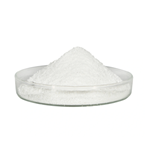
- $10.00 / 1g
- 2024-04-30
- CAS:53123-88-9
- Min. Order: 10g
- Purity: 99%
- Supply Ability: 100tons
- Rapamycin
-
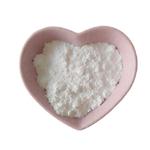
- $43.00 / 10grams
- 2024-04-30
- CAS:53123-88-9
- Min. Order: 10grams
- Purity: 99%
- Supply Ability: 100tons
- Rapamycin
-
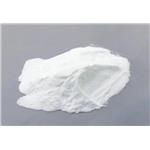
- $0.00 / 1kg
- 2024-04-18
- CAS:53123-88-9
- Min. Order: 1kg
- Purity: 99%
- Supply Ability: 20tons




